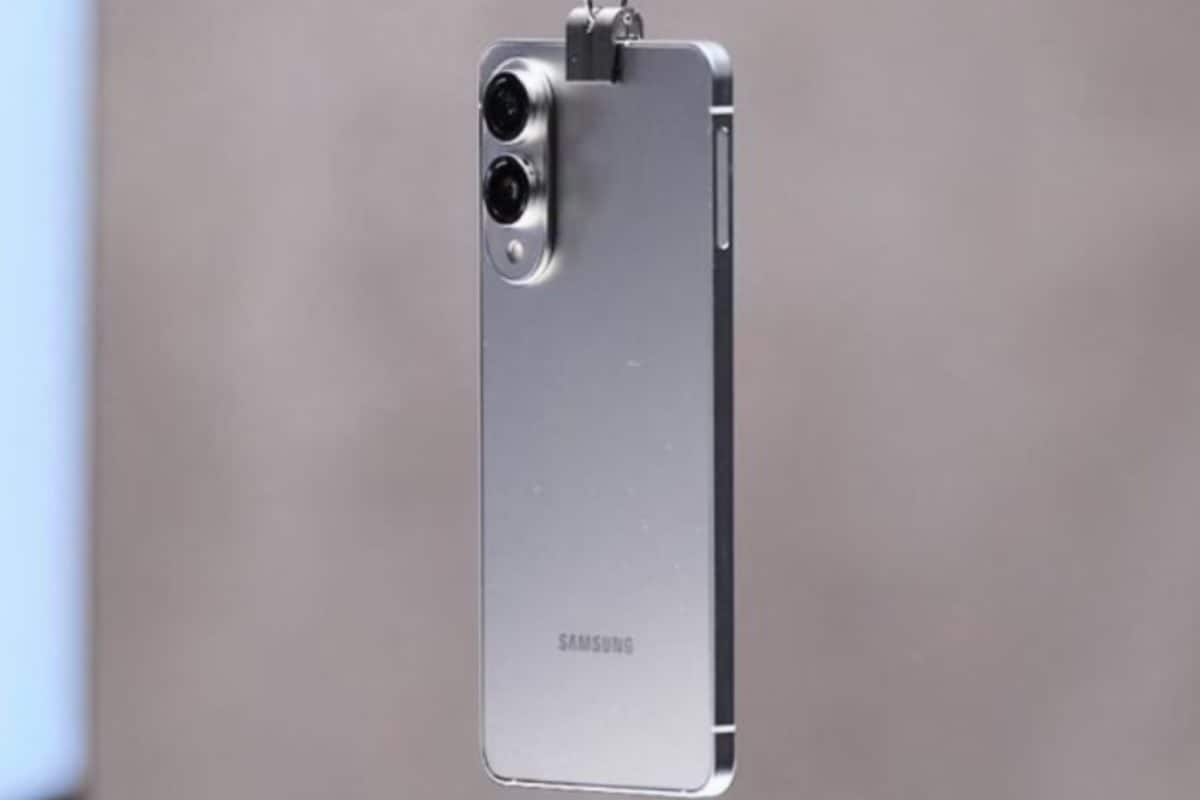I'm going to admit something. I feel it's something that may disappoint some but is surprisingly common among us petrolheads: I don't find too many Vauxhalls exciting. Don't get me wrong, the brand is an incredibly strong seller in the UK and has strong British roots, being established in Chalton, Bedfordshire, in 1903.
It's just that I've found some of the models sold by the brand in the past 15 years have been a bit...

pedestrian. However, things have changed quite dramatically in the last few years. 2017 saw the company join the PSA Group, which changed into the Stellantis supergroup back in 2021.
As a result, the new Vauxhall range has the knowledge of around 14 other car brands behind it, along with the rather fetching 'vizor' front end. The Griffin's latest model is a second generation of the Grandland - Vauxhall's surprisingly lesser-known alternative to strong-selling SUVs like the Nissan Qashqai and Kia Sportage . Whilst the new Grandland is certainly more evolutionary than revolutionary, the sizeable Vauxhall offers quite a bit more than meets the eye, as I was to find out during my week behind the wheel.
Compared to the outgoing model, the latest Grandland offers significantly bolder styling. It has a flatter, more squared-off front end, featuring a trouser press-like crease running down the centre of the bonnet and hefty air vents surrounding the front number plate. The boxy shape and large roof also help to make the new Vauxhall appear quite a bit sleeker than other SUVs on the market.
The GS and Ultimate trim levels both feature a black roof as standard, which also helps to disguise the Grandland's 1.6-metre height. Finally, whilst I know it's a bit childlike, I was absolutely enthralled by the Intelli-Lux Pixel HD lighting system.
In addition to the front and rear of the light bar, when drivers turn the Grandland off at night, the car creates a little display in which the badges glow, and the headlights explode into thousands of little pixels. It's sad to say, but when I discovered this feature, I spent about five minutes turning the headlights on and off. Just like outside, the Vauxhall Grandland's interior is quite a bit more stylish compared to the outgoing generation.
The centrepiece of the dashboard is an ultra-widescreen touchscreen angled towards the driver, with a row of tactile buttons for the air conditioning mounted underneath. One unusual feature found on the latest model is the air vents, which are fitted into the doors, getting air through ducts in the side of the dashboard. Despite sounding like an incredibly small touch, fitting the vents here means that the air could reach my face rather than simply hitting my hands on the steering wheel.
Overall, the Grandland is a well-built model, with a fair amount of cloth trim covering the dashboard and door cards. The sports-style bucket seats are also particularly comfortable, with the driver's seat featuring an extendable base for better leg support - a simple yet nifty feature. The Vauxhall Grandland is undoubtedly a big car, yet I was still surprised to find just how much space I had while sitting in the back.
Even with the driver's seat pushed relatively far back, I had a very sufficient amount of legroom. That said, like most SUVs, the middle seat is not quite full-sized, meaning five adults may find long journeys a bit of a squeeze. Whilst the Vauxhall's boot capacity varies on the powertrain chosen, the mild-hybrid variant I tested featured 550 litres with all seats in place, which could be increased to 1,645 litres with the rear row folded.
As a result, the Grandland is quite a bit more spacious than the Nissan Qashqai and Kia Sportage, but the Hyundai Tucson's 620-litre capacity is still the best you'll find in its class. Nevertheless, the Vauxhall does get bonus points for featuring a further 35 litres of storage space throughout the cabin, including a massive shelf underneath the centre console and a separate sunglasses pocket in front of the rearview mirror. The entry-level Grandland Design offers a fairly comprehensive range of goodies as standard, including a 10-inch touchscreen, dual-zone climate controls, adaptive cruise control, and all-around parking sensors.
That said, I would choose the mid-range GS trim level (as tested). For about £2,000 extra, buyers get a 16-inch touchscreen with smartphone mirroring, a wireless phone charger, two-tone diamond-cut alloys, and a rear parking camera—however, all-round parking cameras would be appreciated on a model of this size and price. Whilst the touchscreen's sleek design is rather pleasing to look at, I found that some navigating and scrolling were required to find everything I needed, causing me to spend more time with my eyes away from the road.
Moreover, the Navi IntelliLink voice assistant function could be more comprehensive. When I asked it to turn up the radio, it told me it couldn't do that yet. One of the biggest changes between the first and second generations of the Grandland is the powertrain overhaul.
Drivers now have the choice between a 1.2 mild-hybrid, plug-in hybrid, and fully electric variant. The entry-level powertrain, using Stellantis' famous 1.
2 PureTech turbo-petrol engine, sounds rather minuscule, but produces 134bhp - hardly a ball of fire but enough to prevent it from feeling underpowered, with the basic Grandland accelerating from 0-62mph in 10.2 seconds and receiving an official economy figure of 51.4mpg.
That said, with a mix of driving in real-world traffic, I achieved around 45. I was a little surprised that the electric version, which offers around 75 more horses at 210bhp, is not much quicker, sprinting to 62mph in about nine seconds. That said, a range of up to 325 miles per charge does make it about as practical as a Tesla Model Y Long Range, and only a touch less than a high-end Hyundai Ioniq 5.
Despite an increasing number of models featuring them, I am typically not a fan of automatic gearboxes, which can have a habit of shifting too late and revving like mad or changing too early, resulting in a lack of power. Fortunately, the Grandland's six-speed dual-clutch system is particularly smooth. Moreover, whilst the three different modes massively change the driving style, I found the accelerator pedal to be significantly more responsive in sport mode.
That said, I felt that the steering could have had a little more weight to it. Don't get me wrong, the Grandland's certainly predictable around corners, quite entertaining even; however, when travelling along the motorway, I found myself correcting the steering quite a bit - leaving the otherwise robust SUV feeling quite floaty at speed. In addition, whilst it is hardly a unique issue, the Vauxhall's ride quality is a little firmer than necessary.
Sure, this helps to prevent disconcerting body roll when taking corners at speed, but the downside is that occupants will definitely feel most potholes that the driver is unable to swerve. The Vauxhall Grandland is a marked improvement over the outgoing model, but does it have all that's necessary to beat rivals in one of the most competitive segments of the new car market? On paper, I would argue that the Grandland has the makings of a winner. It looks quite attractive, offers a good range of standard equipment, interior space and impressive build quality, plus drivers can choose from three quite varied types of powertrain.
Nevertheless, some of the Vauxhall's competitors are more enjoyable to drive, have a bigger boot, and are quite a bit cheaper. That said, drivers with their heart set on a new Grandland should definitely check the sale prices offered by some dealerships. I was able to find one offering an unregistered Grandland 1.
2 GS for £31,495 - more than £5,000 under list price..
Technology

I drove Vauxhall's £33k SUV and it blew me away - three things you must know

In a bid to shake off a somewhat undesirable image, the latest Vauxhall Grandland is bolder than ever and packed full of interesting features.















